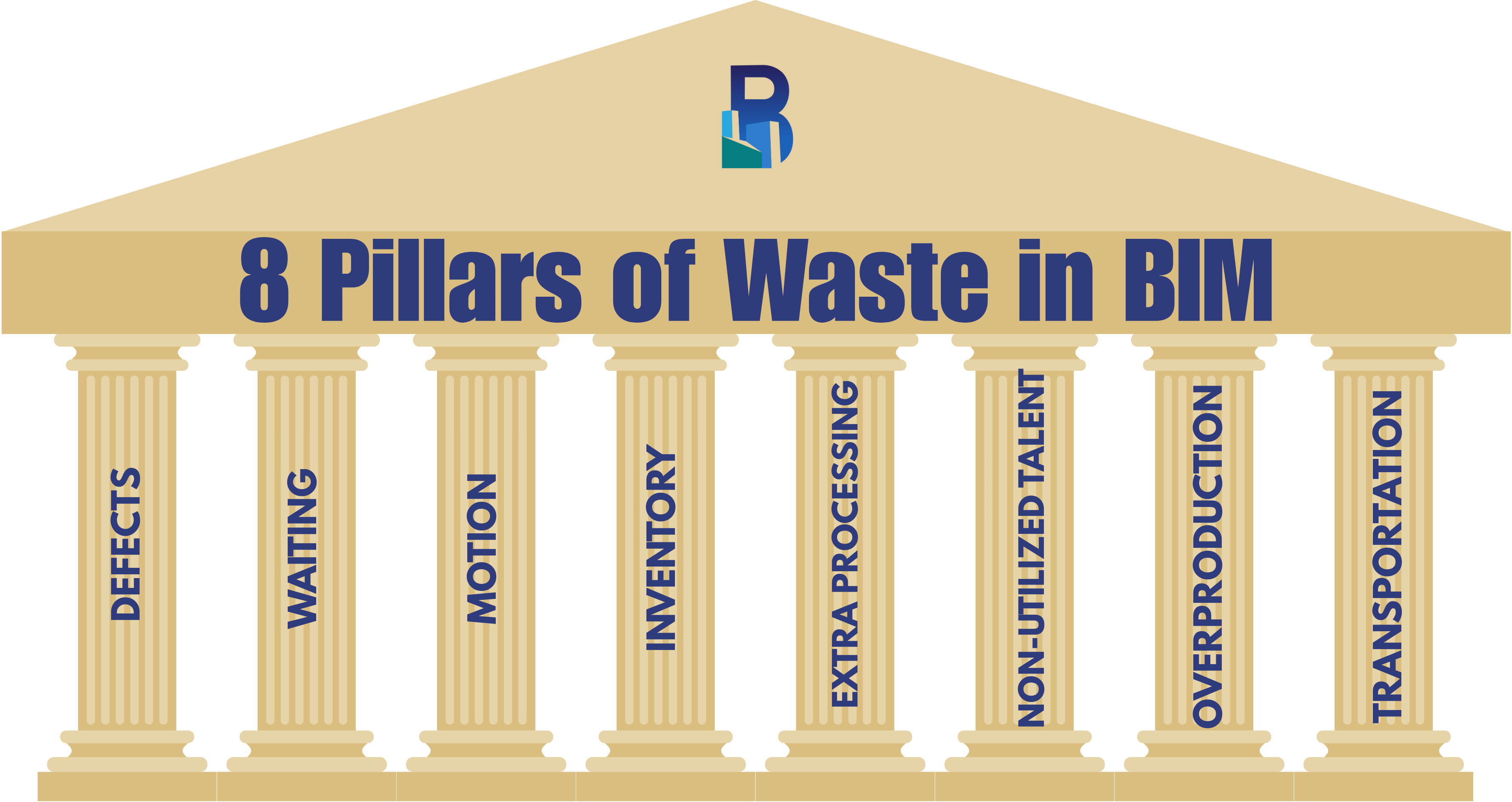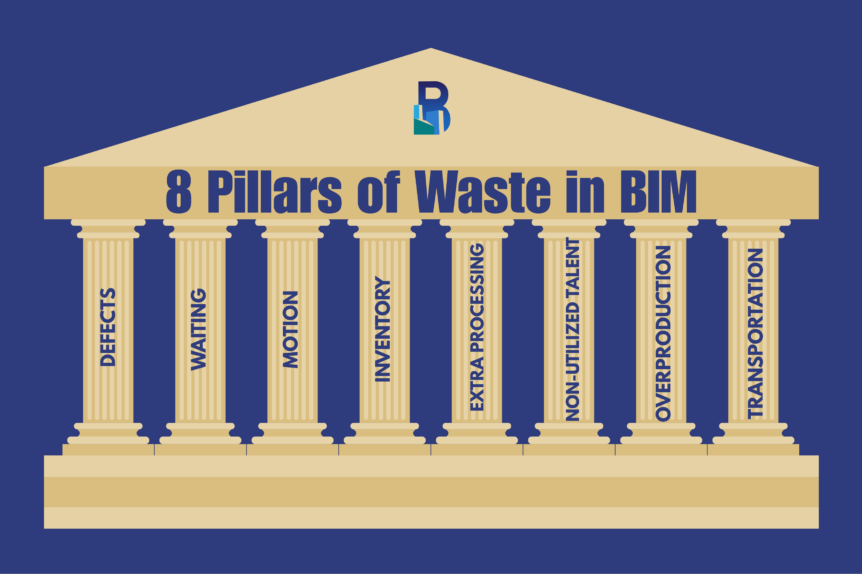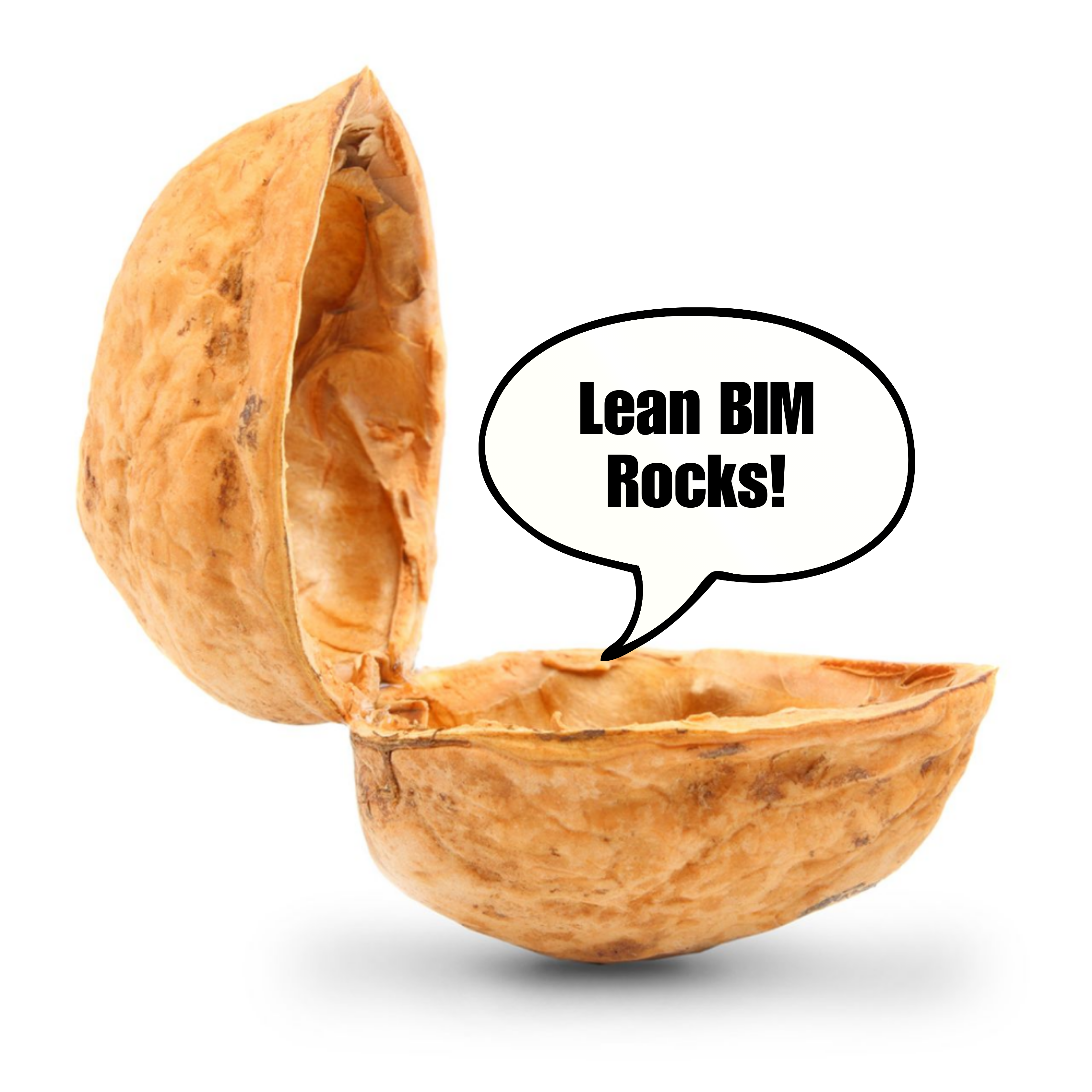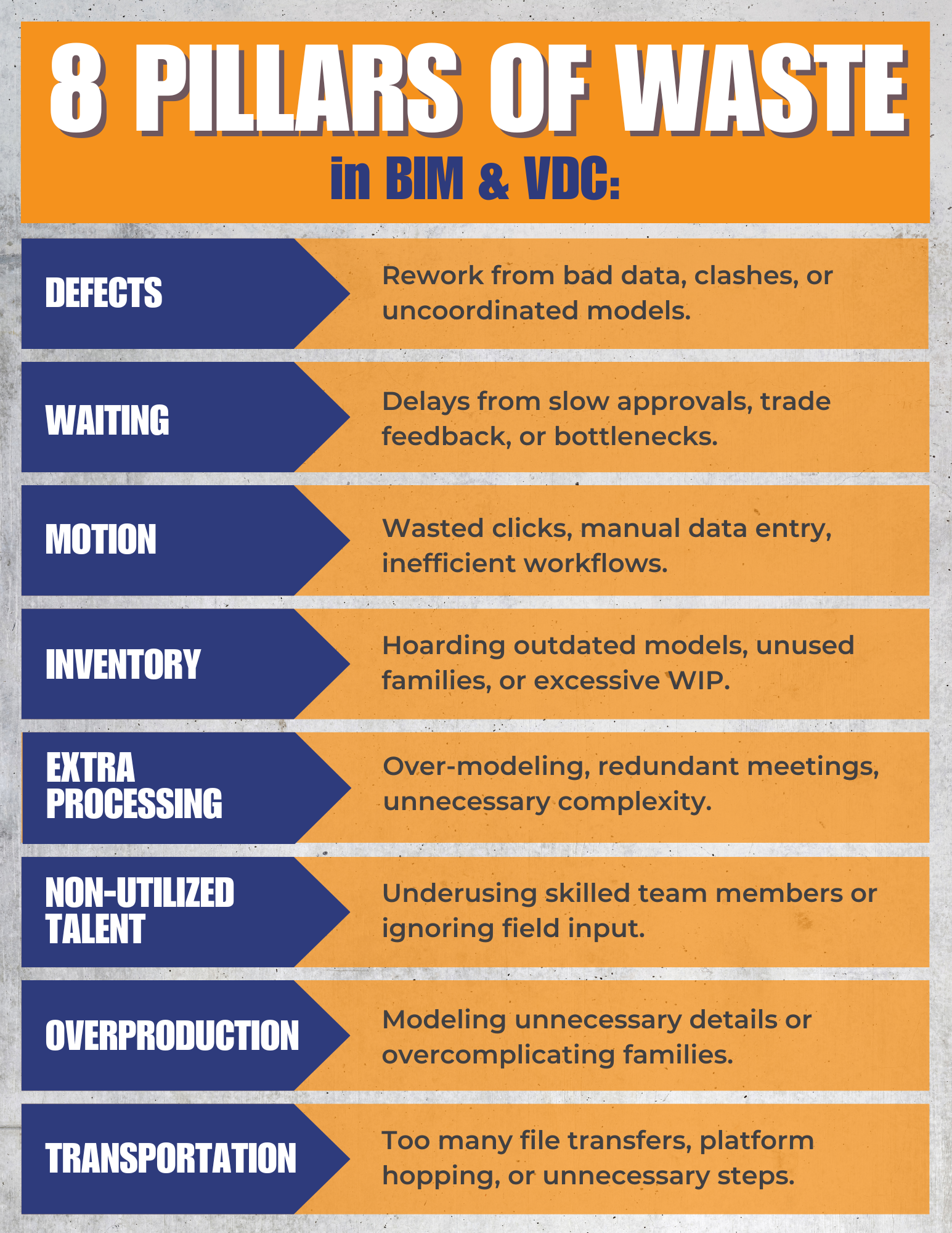In the world of AEC, everyone’s under pressure to deliver projects faster, cheaper, and with fewer mistakes. But somehow, it often feels like we’re just spinning our wheels…battling rework, delays, and bottlenecks. That’s where Lean principles come in. By eliminating waste in your BIM process, you can streamline workflows and get projects done the right way.
What is Lean?
And what does it have to do with BIM?
Lean comes from Lean Manufacturing: a system originally developed by Toyota to reduce waste, improve efficiency, and deliver more value with fewer resources. In that world, “waste” wasn’t just trash. It meant anything that didn’t add value for the customer: delays, unnecessary steps, overproduction, bad communication, the whole mess.
Now apply that same thinking to the AEC industry, where BIM is supposed to help us build smarter. Problem is, if your BIM process is bloated with rework, file chaos, and misaligned teams, it’s not helping, it’s just digitizing the mess.
Lean BIM is about identifying the non-value-added stuff in your digital workflow and cutting it out. That means fewer model iterations, less time waiting on answers, and more coordination that actually makes life easier in the field. It’s not just about using Revit or Navisworks faster. It’s about making sure every part of your process is actually necessary and actually useful.
Lean thinking forces you to ask questions like:
- Does this add value to the final build?
- Is this model element ever going to be used, or are we just modeling it because we always have?
- Could we be using our people and tools more effectively?
When you apply Lean to BIM, you’re not just cleaning up your model. You’re building a smarter process that supports clearer communication, better decision-making, and fewer headaches all around.
Here’s a closer look at Lean BIM and the 8 Pillars of Waste in BIM and VDC, with tips on how to fix them.

1. Defects: Rework from Bad Data or Uncoordinated Models
Defects are a major pain. Whether it’s bad data, clashes, or uncoordinated models, fixing them eats up valuable time.
Lean Tip:
Catch issues early by implementing automated clash detection during the design phase. Regular coordination meetings with all disciplines can also help identify and resolve issues before they escalate. Early detection is key to saving time and your team’s sanity.
2. Waiting: Delays from Approvals or Feedback
Waiting is the enemy of progress. Whether it’s approvals, trade feedback, or delayed decisions, waiting creates bottlenecks that slow everything down.
Lean Tip:
Create a clear, fast-track approval process and use collaborative platforms that allow everyone to share and access feedback in real-time. The quicker everyone weighs in; the faster decisions can be made, and the less time you waste.
3. Motion: Wasted Clicks and Manual Data Entry
Let’s be honest: if you’re still manually entering data or spending too much time hunting for files, you’re wasting time. And if there’s one thing you can never get back, it’s time.
Lean Tip:
Automate repetitive tasks wherever possible. Things like data entry and file management should be streamlined with tools that integrate across platforms. Set up templates, standardize file structures, and give your team the tools they need to work more efficiently.
4. Inventory: Hoarding Outdated Models or Files
Holding onto outdated models, unused families, or excessive WIP (work-in-progress) files clutters up your process and makes it harder to find what you need.
Lean Tip:
Regularly clean up your digital files. Audit your models, delete old or irrelevant data, and make sure everyone’s working off the latest version. When your team isn’t bogged down by unnecessary files, they can focus on the work that matters.
5. Extra Processing: Over-Modeling and Redundant Meetings
More is not always better. Over-modeling unnecessary details or holding redundant meetings just adds extra layers of complexity that don’t add value.
Lean Tip:
Ask yourself, “Does this model detail actually benefit the project?” If not, leave it out. Keep meetings focused on actionable topics and avoid over-discussion. A well-structured agenda is your friend here. Streamline processes to eliminate waste without compromising quality.
6. Non-Utilized Talent: Ignoring Field Input or Underusing Team Skills
Underutilizing the talent on your team (or ignoring field input) is like buying a Ferrari and then driving it like a lawnmower. You’re missing out on huge potential.
Lean Tip:
Get your field workers involved early in the process. They have firsthand knowledge of what works on-site, and their insights can prevent issues down the road. Make sure team members’ skills are being leveraged where they shine, whether it’s in design, coordination, or project management.
7. Overproduction: Modeling Unnecessary Details
Overproduction isn’t just about quantity. It’s about adding unnecessary complexity. When you model things that aren’t needed, you waste time, increase file sizes, and make coordination harder than it needs to be.
Lean Tip:
Stick to the essentials. Overcomplicating your models only makes things harder for everyone involved. Focus on the details that actually add value to the project and leave the extra fluff behind. Your team (and the client) will thank you.
8. Transportation: Too Many File Transfers or Platforms
Jumping between platforms and transferring files over and over is a waste of time, and it makes collaboration harder than it needs to be.
Lean Tip:
Consolidate your tools and workflows. Use cloud-based solutions where everyone can collaborate in real-time, with easy access to all project files. This reduces unnecessary file transfers and ensures that everyone is always on the same page no matter where they are.
In a Nutshell
Lean BIM isn’t just a buzzword. It’s a powerful way to eliminate waste and improve efficiency in your projects. By tackling the 8 pillars of waste, you can optimize your workflows, cut down on rework, and get projects delivered faster and with less stress. Lean thinking isn’t about doing more; it’s about doing what really matters and cutting out the rest.
Ready to stop wasting time and start delivering results? Lean on Lean BIM to get you there.
Did you find these tips handy?
We have a downloadable lean BIM reference guide to keep on-hand.
Download it by clicking on the image to the left.
And check out our past blogs HERE.
As always, see you in the next one,
BIMTM



